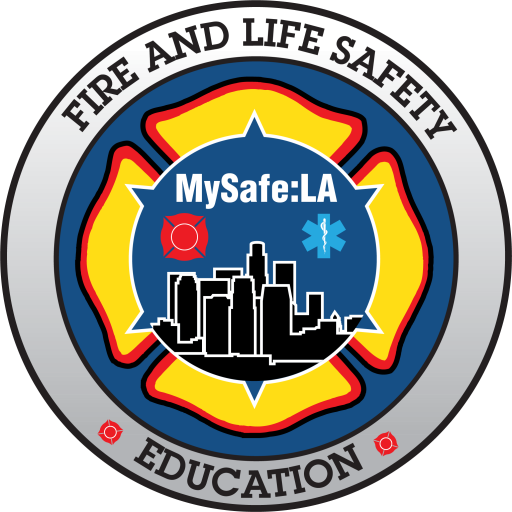Earthquakes will not only cause damage to buildings and streets, but they will often disrupt fuel and water lines. These pipes feed our homes, and if they’re damaged, water or gas can spill or flow into a home or the street. Often, the result will be a dangerous and rapidly expanding fire.
It’s important to know how to shut off the gas line leading to your home. If you smell gas in your home after an earthquake, you could have a natural gas leak. You need to know where your home’s gas line shut off is.
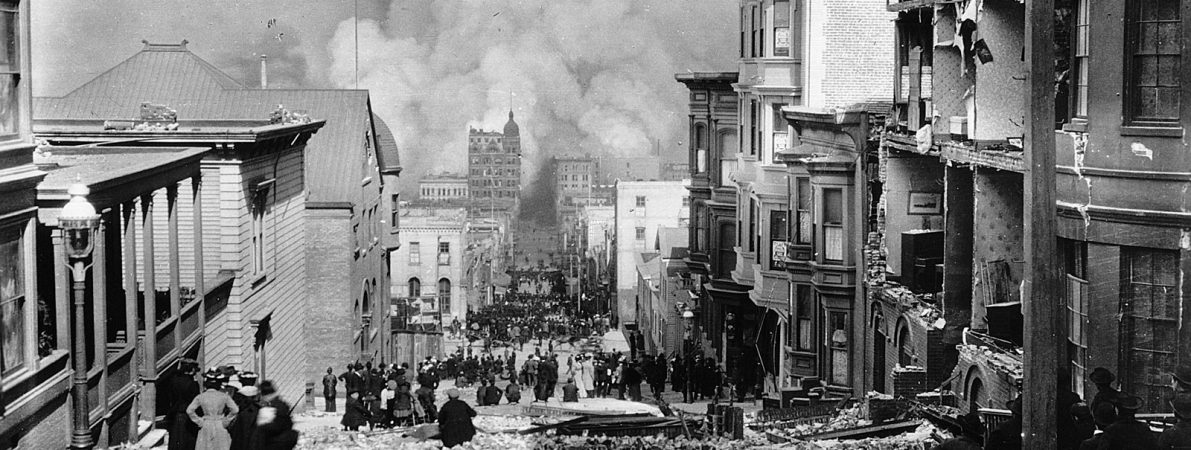

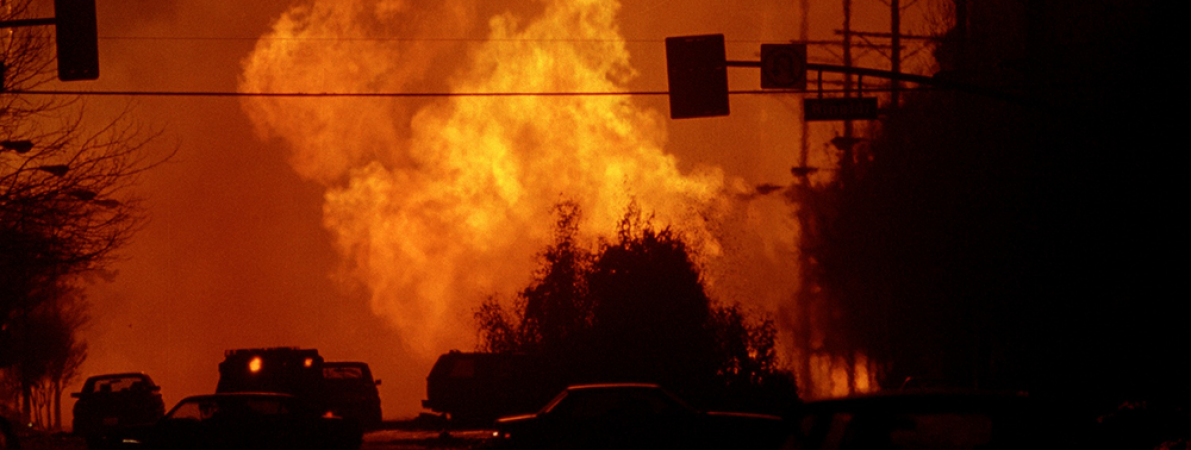

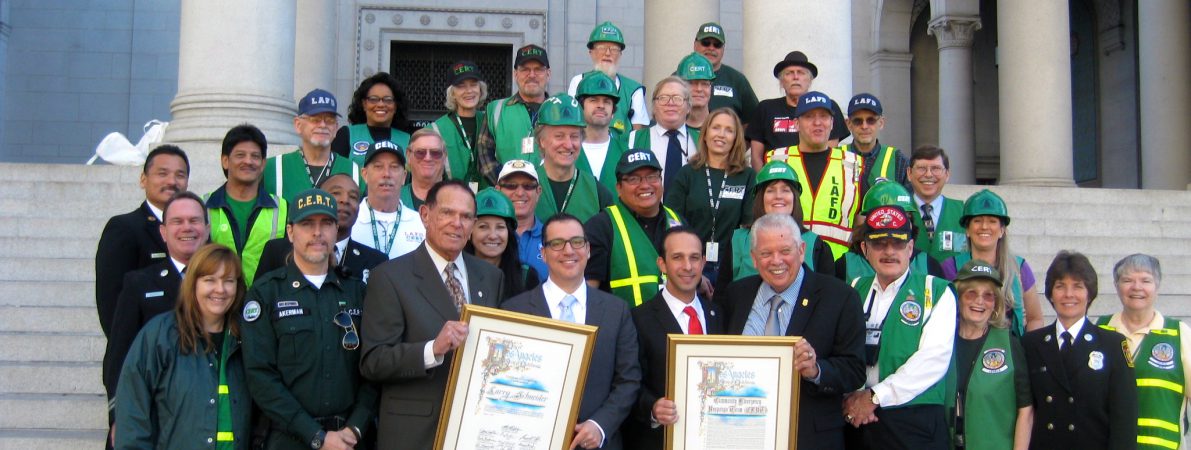

Nearly a decade before the Northridge earthquake, the LAFD was interested in developing a strategy for managing a destructive earthquake. Officials from Los Angeles, including the LAFD’s Frank W. Borden traveled to Japan in January 1985 to study how the Japanese responded to the common occurrence of deadly earthquakes. Chief Borden returned with a head filled with ideas, and shortly thereafter, the concept of creating Community Emergency Response Teams – or CERT was formed.
Within minutes of the Northridge earthquake erupting in the city, L.A. City firefighters were en route to dozens of fires in the San Fernando Valley. In the period from 4:31AM (when the quake occurred) through midnight, there were approximately 110 earthquake related fires. More than 70% of those fires occurred in single or multiple family fires.
Firefighters not only had to contend with rapidly moving from one fire to the next, but also were challenged by a lack of hydrant water. The quake, which lasted just under 20 seconds, was a blind thrust Earthquake, and it ruptured more than 1,400 water main pipes. Not only did firefighters have to fight these fires with few apparatus and firefighters than they ordinarily would, but they had to resort to using water tankers and drafting water from swimming pools.
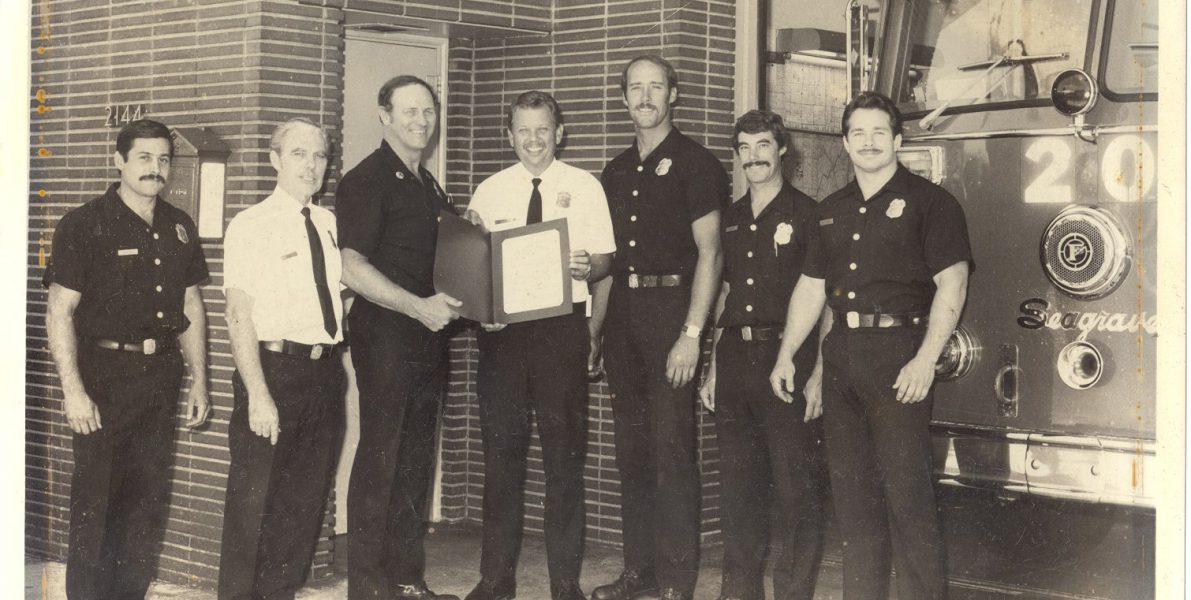

Following the 1987 Wittier Narrows earthquake, the LAFD created the Disaster Preparedness Unit, and began actively training the public to become CERT trained – and in some cases CERT volunteers. In 1993, FEMA determined the value of CERT and Chief Borden’s leadership in this area had national relevance, and the Emergency Management Institute (EMI) working with Chief Borden and the LAFD developed CERT materials and training nationwide.
Prior to the Northridge earthquake, the impact of fires that follow quakes had not generally been well documented. Northridge changed that. Assistant Chief Borden’s work with CERT, and his expertise in earthquakes led to a NIST report on fire related aspects of earthquakes – specifically about the Northridge earthquake.
MySafe:LA was honored to join LAFD Fire Chief Kristen Crowley, and Council District 11’s Traci Park, in recognizing the Brentwood Homeowner’s Association
Community Risk Reduction (CRR) is a fairly new concept in disaster resilience and is a process that starts with analysis, including
The issues related to obtaining wildfire insurance in southern California are not improving, despite actions taken by Governor Newsom and the State Department
Stay up-to-date with MySafe:LA activities!
©2008 - 2024 The Safe Community Project , all rights reserved, except where noted The Safe Community Project is a U.S. 501(c)(3) public benefit charity organization, EIN 27-0967511. MySafe:LA is a unit operating within the Safe Community Project charity umbrella.
